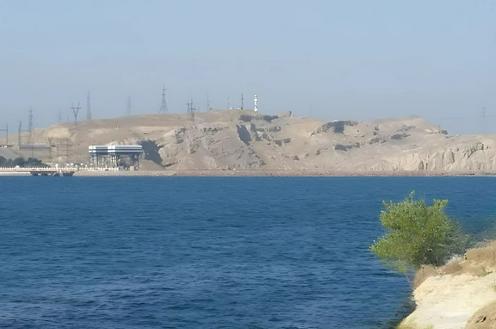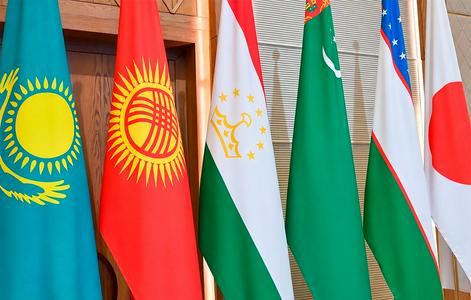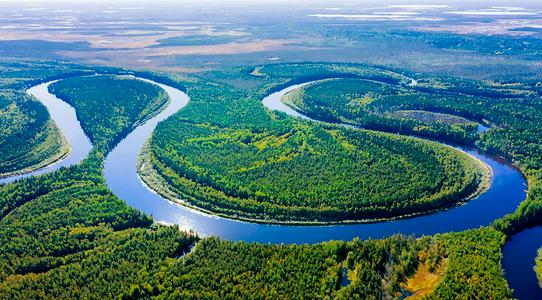Tajikistan, Uzbekistan, and Kazakhstan have agreed on a joint operating regime for the Bahri Tojik Reservoir—also known as the Tajik Sea (formerly the Kayrakkum Reservoir until 2016)—for the summer of 2025. The announcement was made by Tajikistan’s Ministry of Energy and Water Resources.
The trilateral protocol, signed on May 30, outlines the coordinated operation of the reservoir from June to August 2025. The agreement followed a meeting in Dushanbe between Tajik Minister of Energy and Water Resources Daler Juma, Uzbek Minister of Water Resources Shavkat Khamraev, and Kazakh Minister of Water Resources and Irrigation Nurzhan Nurzhigitov. The talks were held on the sidelines of an international conference on glacier preservation.
The protocol emphasizes equitable water management among the three countries, aiming to strengthen regional water security and ensure the efficient use of shared resources.
According to Asia-Plus, citing the report “Analysis of the Water Management Situation in the Syr Darya and Amu Darya River Basins for the 2024–2025 Non-Growing Season”, water inflow to the Bahri Tojik Reservoir from October 2024 through March 2025 totaled 12.32 km³—1.04 km³ above the amount forecast by the Syr Darya Basin Water Organization. Outflow from the reservoir during the same period reached 11.13 km³, exceeding projections by 1.23 km³. As a result, by the end of the non-growing season, the reservoir contained 3.5 km³ of water.
For the upcoming 2025 growing season, total inflow to the Syr Darya basin is forecast at 25.77 km³, or 87% of the normative 29.49 km³.
Based on Protocol No. 89 of the Interstate Coordinating Water Commission, concluded on April 5, 2025, the allocated water withdrawal limits are as follows: 909 million m³ for Kazakhstan (via the Dustlik Canal), 270 million m³ for Kyrgyzstan, 1.905 billion m³ for Tajikistan, and 8.8 billion m³ for Uzbekistan.
Tajikistan typically releases additional volumes of water downstream to Uzbekistan and Kazakhstan during the summer, when those countries experience seasonal water shortages.










